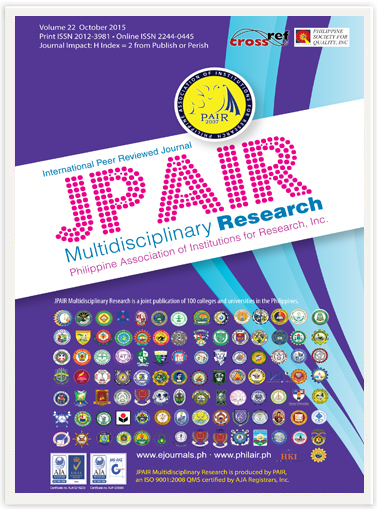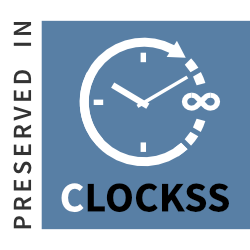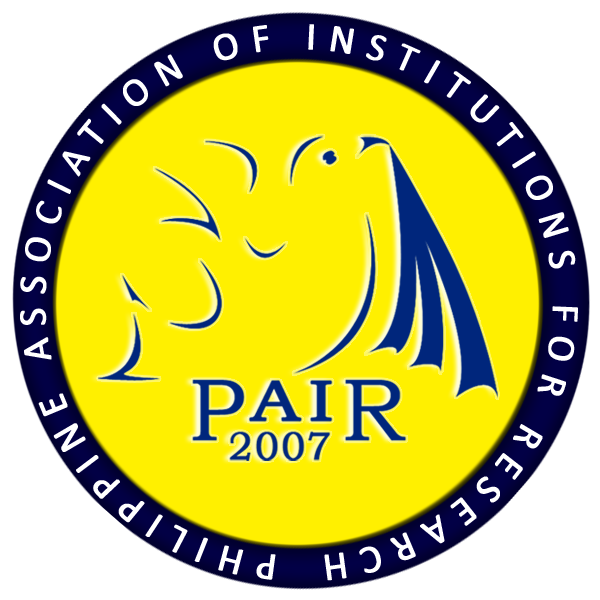Blended Learning Approach: A Case Study
DOI:
https://doi.org/10.7719/jpair.v22i1.341Keywords:
ICT, blended learning, SWOT, FGD, Instructional Design Strategic Plan, computer, internet, multimedia, mobile, descriptive design, PhilippinesAbstract
The computer era has come to integrate and assimilate in the academic curriculum and instruction. The Blended Learning adaptation further added to the teaching and learning experience in the classroom. The study investigated the factors on the use of ICT in terms of Computer usage, Internet usage, Multimedia usage and Mobile usage in Blended Learning Approach among the faculty. It analyzed the SWOT (strengths, weaknesses, opportunities and threats) of blended learning for a Proposed 5-year Instructional Design Strategic Plan. The study used quantitative research design by the use of the constructed questionnaire and qualitative through the conducted focus group discussions within the four campuses of CHMSC. The study revealed that CHMSC faculty exhibited low extent of use of blended learning. The result also showed a significant difference in the extent of use of ICT in terms of age, sex, and workplace whereas civil status, subject taught, and educational qualification do not significantly differ. The identified factors that affect blended learning were used as a basis for a Proposed Instructional Design Strategic Plan and projected after five years. The development and package of learning materials will be realized to the clients of the institutions and other stakeholders.
Downloads
References
Bersin, J. (2004). Blended learning: Finding what works. Chief Learning Offficer, 1.
Downloads
Published
Issue
Section
License
Copyright (c) 2015 Cristine V. Redoblo

This work is licensed under a Creative Commons Attribution-NonCommercial 4.0 International License.
Open Access. This article published by JPAIR Multidisciplinary Research is licensed under a Creative Commons Attribution-Noncommercial 4.0 International (CC BY-NC 4.0). You are free to share (copy and redistribute the material in any medium or format) and adapt (remix, transform, and build upon the material). Under the following terms, you must give appropriate credit, provide a link to the license, and indicate if changes were made. You may do so in any reasonable manner, but not in any way that suggests the licensor endorses you or your use. You may not use the material for commercial purposes.




















